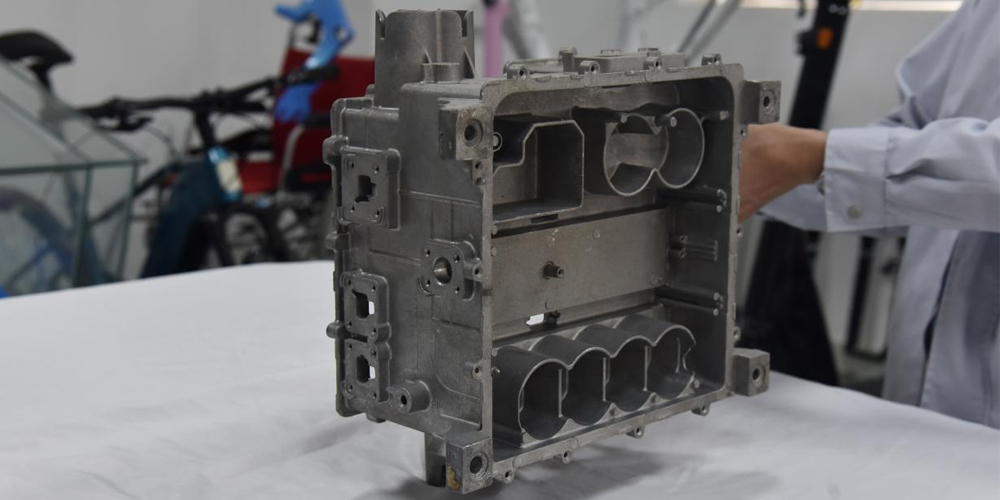Introduction:
Prototyping is a crucial step in the design process that allows designers to explore ideas and concepts through experimentation. It involves creating a working model or a representation of a product or concept to test and validate its feasibility. Prototyping enables designers to gather feedback, make necessary modifications, and improve the final product. This article explores the power of creative experimentation through prototyping and its significance in various industries.
1. Importance of Prototyping:
Prototyping allows designers to visualize and validate ideas, ensuring that the end product meets the desired requirements. It helps in identifying design flaws, usability issues, and potential improvements. By creating prototypes, designers can effectively communicate their ideas to stakeholders, clients, and end-users, facilitating better understanding and collaboration.
2. Creative Experimentation:
Prototyping encourages creative experimentation, as it provides an opportunity to try out different design solutions and explore alternative possibilities. By experimenting with various materials, forms, and functionalities, designers can push the boundaries of their creativity and come up with innovative solutions. It allows them to think outside the box and challenge conventional design norms.
3. Iterative Process:
Prototyping is an iterative process, meaning that it involves creating multiple versions of a design and refining it based on feedback and testing. This iterative approach allows designers to learn from failures, make necessary adjustments, and continually improve the design. Each iteration brings them closer to the final product, ensuring that it meets the required standards and user expectations.
4. Rapid Prototyping:
Rapid prototyping techniques, such as 3D printing and computer-aided design (CAD), have revolutionized the prototyping process. These technologies enable designers to quickly and cost-effectively create physical prototypes, reducing the time and resources required. Rapid prototyping not only speeds up the design process but also encourages designers to experiment more freely, as they can easily create multiple iterations.
5. Application in Different Industries:
Prototyping is widely used in various industries, including product design, engineering, architecture, and software development. In product design, prototypes help in testing functionality, ergonomics, and aesthetics. In engineering, prototypes allow for testing and validation of complex systems and components. In architecture, prototypes help in visualizing and evaluating spatial concepts. In software development, prototypes aid in understanding user needs and refining user interfaces.
6. User-Centered Design:
Prototyping plays a vital role in user-centered design, a design approach that focuses on understanding users\’ needs and preferences. By involving users early in the design process through prototypes, designers can gather valuable feedback and insights. This user feedback helps in creating user-centric designs that are intuitive, user-friendly, and meet the users\’ expectations.

7. Cost and Time Savings:
Prototyping helps in identifying design issues and potential improvements early in the design process, minimizing costly redesigns and manufacturing errors. By addressing these issues during the prototyping phase, designers can save significant costs and time. Prototypes also serve as a tangible reference for manufacturers, reducing misunderstandings and ensuring accurate production.
Conclusion:
Prototyping is a powerful tool that enables designers to explore ideas, experiment creatively, and refine designs. It facilitates collaboration, gathers feedback, and validates design concepts. With rapid prototyping technologies and an iterative approach, designers can quickly iterate and improve their designs. Prototyping is an essential step in user-centered design, reducing costs and time while ensuring user satisfaction. In conclusion, embracing the power of creative experimentation through prototyping is essential for successful design outcomes in various industries.
-

- CNC-bearbeitete Teile Lenkungshalterung
-

- Hochpräzise Druckgussteile aus Magnesiumlegierung für Kfz-Zündschlösser
-

- Druckgussgehäuse aus Magnesiumlegierung für Autoteile
-

- OEM-Rad aus Hochdruckguss-Magnesiumlegierung für E-Bikes
-

- Maßgeschneiderte Druckgussteile und Komponenten für Fahrradfedergabeln für MTB
-

- Kundenspezifische Gießereiprodukte E-Bike-Komponenten Magnesiumlegierungsrad

 0086-750-5616188
0086-750-5616188 +86 13392089688
+86 13392089688 sales@zhongmei-tech.com
sales@zhongmei-tech.com







